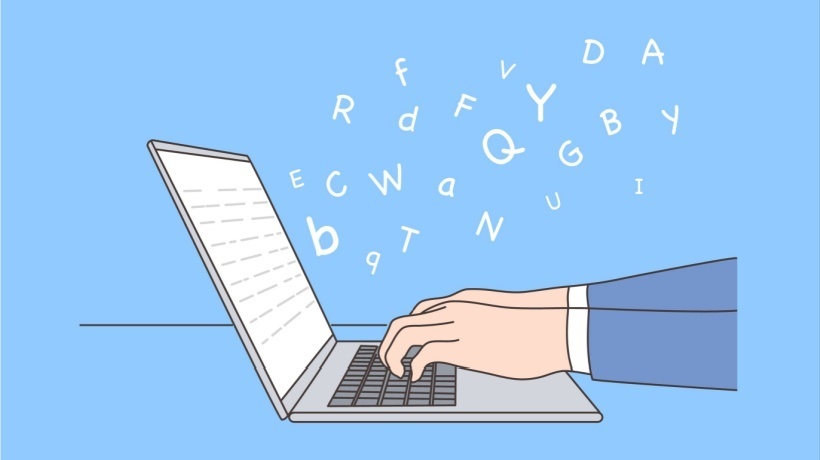Demystifying Gamification Myths For A New Training Era
Gamification has emerged as a powerful tool for enhancing corporate training and driving employee engagement. However, there are several myths surrounding gamification that undermine its potential impact. By addressing these myths, one can highlight the diverse benefits and applicability of gamification in training, regardless of age, technological proficiency, implementation costs, real-world application, or training format. Let's explore why these misconceptions are unfounded and how gamification can revolutionize Learning and Development in organizations.
5 Myths And Misconceptions About Gamification
Myth #1: Gamification Is Only Effective For Younger Generations And May Not Resonate With Older Employees
1. Everyone Loves A Challenge
Gamification taps into fundamental human motivators such as challenge, achievement, and progress, which are not exclusive to any age group. Older employees also have a desire for personal growth, skill development, and recognition. By incorporating game elements, such as leaderboards, badges, or leveling up, gamification can provide a sense of accomplishment and motivate older employees to participate in their learning journey actively.
2. Age Is Wisdom
Older employees bring a wealth of experience and wisdom to the table. Gamification can harness their knowledge by incorporating scenarios that reflect real-world situations they have encountered throughout their careers. This approach not only helps them relate to the training content but also allows them to share their insights and expertise with younger colleagues, fostering collaboration and knowledge exchange.
3. Cognitive Assistance
Gamification stimulates cognitive functions such as memory retention, critical thinking, and decision-making. Older employees can benefit from these cognitive challenges, as gamified activities encourage mental agility and problem-solving skills. The interactive and stimulating nature of gamification keeps older employees intellectually engaged, promoting continuous learning and growth.
Myth #2: Gamification Is Only Suitable For Tech-Savvy Employees
1. User-Friendly Interfaces
Gamified training platforms are often designed with user-friendly interfaces that make navigation and interaction intuitive. Clear instructions, visual cues, and simplified interactions help employees easily engage with the gamified elements, regardless of their tech-savviness. The focus is on creating an enjoyable and accessible experience that encourages participation and learning, rather than relying on complex technical skills.
2. Gradual Learning Curve
Gamification can be implemented with a gradual learning curve, introducing technology and gaming elements in a step-by-step manner. This allows employees who are less familiar with technology to adapt and become comfortable with the gamified training format over time. By starting with simpler game mechanics and gradually incorporating more complex features, employees can gradually build their tech skills while still benefiting from the gamified experience.
3. Simple Support
Organizations can provide training and support resources to assist employees who may not be technologically inclined. This can include orientation sessions, tutorials, and access to technical support. By offering these resources, employees can familiarize themselves with the gamified training platform and receive assistance whenever needed. Empowering employees with the knowledge and support they require ensures that gamification is accessible and inclusive for all, regardless of their tech-savviness.
Myth #3: Gamification Is Expensive And Time-Consuming To Implement
1. Using What You Have
Gamification does not always necessitate creating training content from scratch. Existing training materials, such as presentations, videos, or quizzes, can be repurposed and transformed into gamified experiences. By adding game elements like points, badges, or leaderboards, organizations can enhance the interactivity and engagement of the training without incurring significant costs or time investments.
2. Available Content
There is a wide range of off-the-shelf gamification platforms and tools available that can be easily integrated into existing training programs. These solutions provide pre-built templates, game mechanics, and scoring systems that significantly reduce the time and resources required for implementation. Organizations can customize these solutions to align with their specific training goals and objectives, saving both time and money.
3. Return On Investment
Gamification can deliver a strong Return On Investment in terms of improved employee performance and productivity. By enhancing engagement, knowledge retention, and skill development, gamified training programs can lead to tangible business outcomes, such as increased sales, improved customer satisfaction, or reduced errors. The long-term benefits and positive impact on employee performance justify the initial investment and time spent on implementing gamification.
Myth #4: Gamification Is Ineffective In Promoting Real-World Application
1. Useful Skill Growth
Gamification can foster the development of transferable skills that are applicable beyond the game context. Skills such as critical thinking, problem-solving, collaboration, and decision-making can be honed through gamified training programs. These skills are essential for real-world application and can be transferred to various job roles and scenarios, enhancing employees' ability to apply their learning in different contexts.
2. Repetition For Improvement
Gamification can reinforce learning through repetition and reinforcement mechanisms. By incorporating game elements like levels, challenges, and rewards, learners are motivated to revisit and apply their knowledge repeatedly. This repetition strengthens their understanding and retention of the content, making it more likely to be effectively applied in real-world scenarios.
3. Safe Simulations
Gamification often involves interactive simulations that mirror real-life situations. These simulations allow learners to practice and experience the consequences of their actions in a safe environment. By engaging in decision-making, problem-solving, and critical thinking through gamified simulations, employees gain hands-on experience that prepares them for real-world challenges and improves their ability to apply learned concepts in practical settings.
Myth #5: Gamification Is Only Suitable For eLearning Or Digital Training
1. Blended Learning
Gamification can be integrated into blended learning approaches that combine both online and in-person elements. In a blended learning program, gamification can be utilized in the digital components as well as in face-to-face sessions. This allows for a consistent and cohesive learning experience across different modalities, leveraging the benefits of gamification in both online and offline interactions.
2. In-Person Training
Gamification can be seamlessly integrated into in-person training sessions and workshops. By incorporating game elements such as interactive activities, group challenges, and competitions, trainers can create engaging and dynamic learning experiences. Gamified exercises and simulations can be conducted using physical props, role-playing scenarios, or interactive games to enhance participant engagement and facilitate learning.
3. On-The-Job Training
Gamification can be employed during on-the-job training to enhance skill development and reinforce learning. Trainers can design gamified scenarios or simulations that reflect real work situations, allowing employees to practice their skills and receive immediate feedback. By applying gamification techniques during on-the-job training, organizations can foster a culture of continuous learning and improvement.
Conclusion
In a nutshell, let's break it down: gamification is a game-changer! Those myths surrounding gamification? They're nothing but smoke and mirrors. Gamification has the power to truly transform learning in organizations. With user-friendly interfaces and gradual learning curves, gamification welcomes everyone on board. Plus, it's a cost-effective solution, boosting employee performance and productivity. Don't worry about it being all play and no practicality—gamification promotes real-world application through skill development and safe simulations. It's not confined to digital realms; it seamlessly blends with different learning approaches. So, let's shatter those myths and embrace the gamification revolution. It's time to unlock the full potential of Learning and Development.









